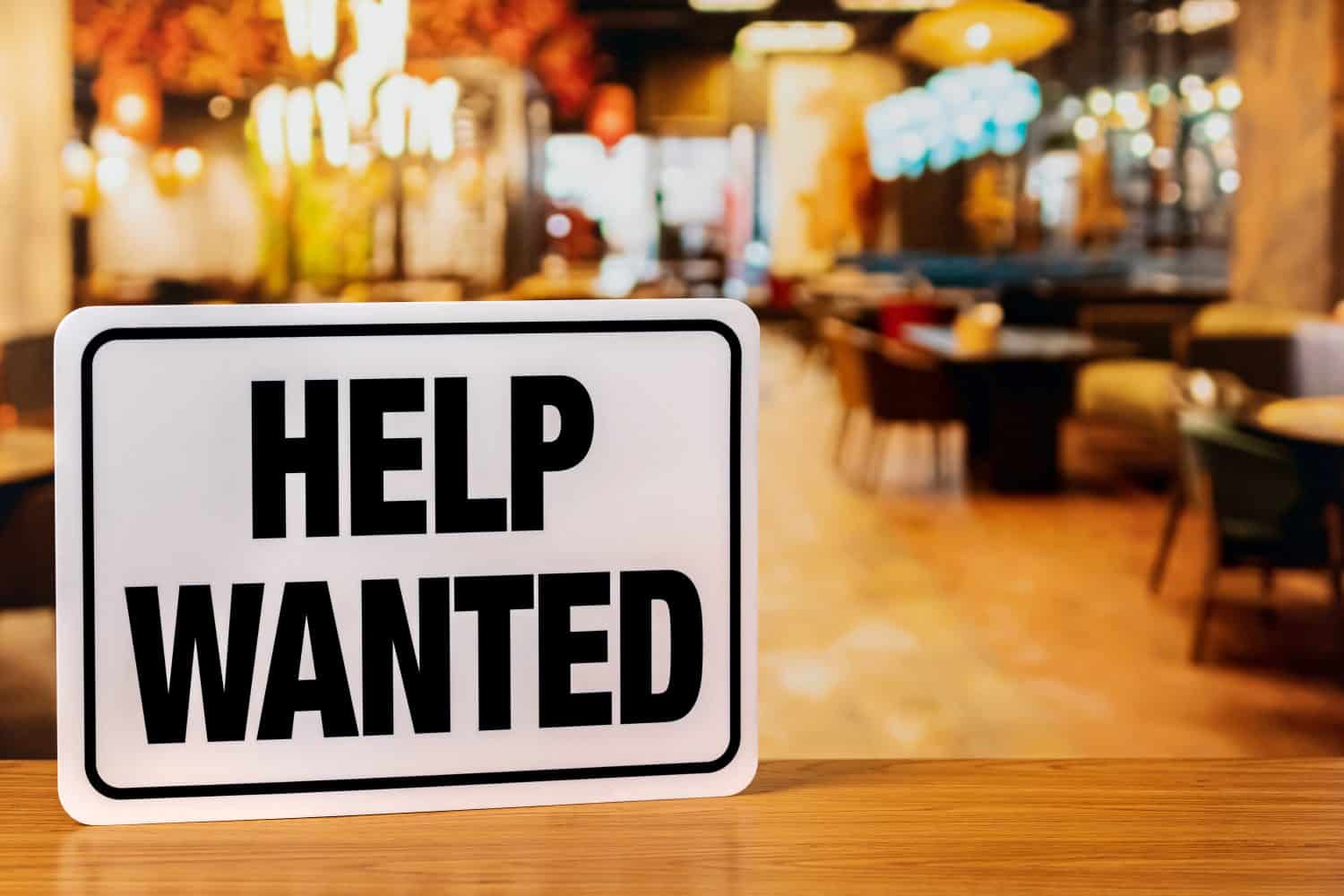
"The last time unemployment was 5% was in August 2021. The job market was rebounding from the COVID-19 pandemic, which had driven the jobless rate to 14.8% in April of the previous year. Economists often refer to 5% as "full employment." Above that level, there is a possibility of an inflationary increase. The jobless rate was 4.2% in July. It is up a fraction from 3.4% in April of last year."
"Economists worry that the 7% jobless rate will remain a risk late in the year or into the early part of 2026. That is when, some experts believe, tariffs will begin to push inflation up rapidly, in the direction of the last recession, when the jobless rate reached 10% in October 2020. It is doubtful that the figure will reach anywhere near that level."
The last time unemployment was 5% occurred in August 2021 after the COVID-19 peak of 14.8% in April 2020. Economists often label 5% as full employment, with rates above that risking inflationary pressure. The jobless rate rose from 3.4% in April last year to 4.2% in July. Economists worry that a 7% jobless rate could become a risk late this year or in early 2026 if tariffs accelerate inflation. Several think tanks estimate tariffs could raise unemployment by 0.7–2%, with a 2% rise likely triggering a recession. Tariff-driven inflation would cut discretionary spending and GDP and exert downward pressure on home prices. Food, lumber, vehicle, and apparel prices are the CPI components most likely to rise, while energy prices may fall due to abundant oil and lower crude prices.
Read at 24/7 Wall St.
Unable to calculate read time
Collection
[
|
...
]